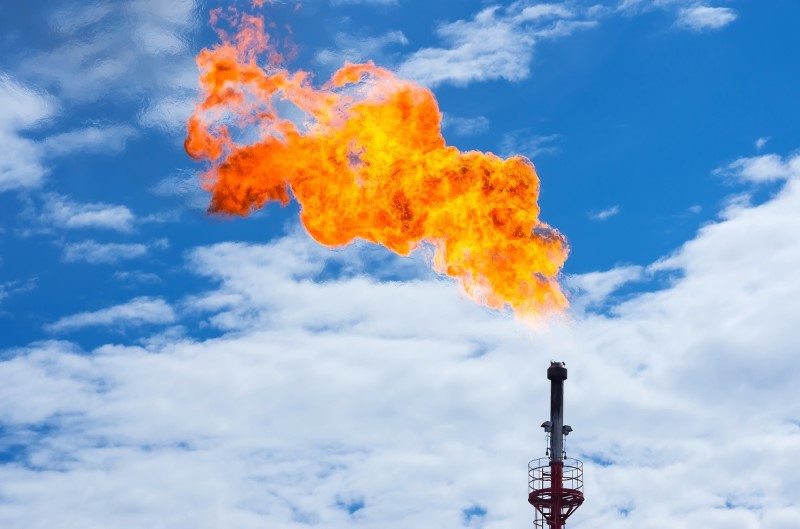
Exxon Cuts Guyana Crude Output to Avoid Flaring — Regulator
Due to problems with gas reinjection equipment at its Guyana oil field, Exxon Mobil has cut back production at the site in order to avoid breaching an agreement with authorities over gas flaring.
(Reuters) — Exxon Mobil Corp has reduced crude output at its nascent project off Guyana's coast due to problems with gas reinjection equipment, a move meant to avoid excessive gas flaring, the South American country's environmental regulator said on Monday.
Output at the Liza field, which Exxon operates in a consortium with Hess Corp and CNOOC Ltd, has fallen to between 25,000-30,000 barrels per day within the past week after an issue with gas reinjection equipment, according to Vincent Adams, head of Guyana's Environmental Protection Agency.
That was down from between 75,000-80,000 bpd in early May, when authorities had anticipated that output from the field - which began production in December, raising hopes for increased prosperity in the impoverished country - would rise to 120,000 bpd by June.
Without the compressor fully functioning in order to reinject gas produced alongside the crude into the reservoir, Exxon had to reduce crude output to avoid exceeding a 15 million-cubic feet per day limit agreed to with authorities for gas flaring, Adams said.
Exxon said in a statement that it was continuing to complete final commissioning of the gas handling system.
"The current situation is a temporary, unplanned event related to project startup," Exxon said. "Once the system is fully commissioned, we will be able to produce at full capacity."
Oil companies worldwide are seeking to reduce gas flaring from their operations in order to reduce greenhouse gas emissions. But that is complicated in places like Guyana, which lack gas pipeline infrastructure.
Plans to build a gas pipeline from Guyana's offshore Stabroek block to the coast have not yet gotten off the ground.

